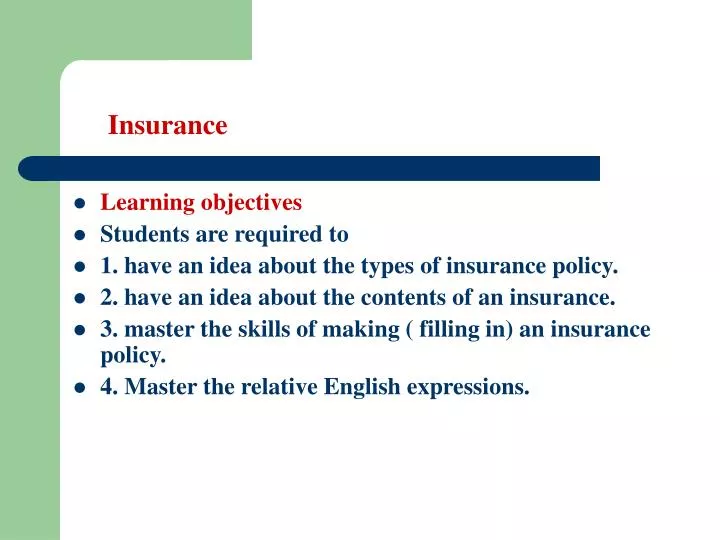The Best Strategy To Use For Pacific Prime
Table of ContentsThe Definitive Guide for Pacific PrimeNot known Details About Pacific Prime Indicators on Pacific Prime You Should KnowHow Pacific Prime can Save You Time, Stress, and Money.The smart Trick of Pacific Prime That Nobody is Talking About

This is due to the fact that the information were accumulated for a duration of solid financial efficiency. Of the approximated 42 million people who were uninsured, all however concerning 420,000 (about 1 percent) were under 65 years of age, the age at which most Americans become qualified for Medicare; 32 million were grownups in between ages 18 and 65, about 19 percent of all grownups in this age team; and 10 million were youngsters under 18 years of age, regarding 13.9 percent of all youngsters (Mills, 2000).
These price quotes of the number of individuals without insurance are created from the yearly March Supplement to the Existing Population Survey (CPS), conducted by the Census Bureau. Unless otherwise kept in mind, nationwide estimates of individuals without health and wellness insurance coverage and proportions of the populace with various sort of protection are based on the CPS, the most commonly utilized source of estimates of insurance protection and uninsurance prices.
Pacific Prime Fundamentals Explained

Still, the CPS is especially useful due to the fact that it generates yearly estimates relatively rapidly, reporting the previous year's insurance protection approximates each September, and because it is the basis for a regular set of price quotes for more than 20 years, permitting evaluation of trends in coverage gradually. For these reasons, in addition to the extensive use the CPS in various other researches of insurance coverage that are offered in this report, we depend on CPS quotes, with limitations noted.

The quote of the number of uninsured individuals increases when a population's insurance coverage status is tracked for a number of years. Over a three-year duration beginning early in 1993, 72 million people, 29 percent of the united state populace, lacked coverage for a minimum of one month. Within a single year (1994 ), 53 million individuals experienced at the very least a month without coverage (Bennefield, 1998a)
Six out of every ten without insurance adults are themselves employed. Although functioning does boost the probability that and one's household members will have insurance policy, it is not a guarantee. Also participants of households with 2 full time breadwinner have nearly a one-in-ten opportunity of being without insurance (9.1 percent uninsured rate) (Hoffman and Pohl, 2000).
Facts About Pacific Prime Revealed
New immigrants account for a considerable proportion of people without medical insurance. One analysis has actually attributed a considerable portion of the recent growth in the dimension of the U.S. uninsured population to immigrants that got here in the country in between 1994 and 1998 (Camarota and Edwards, 2000). Recent immigrants (those that concerned the USA within the past 4 years) do have a high rate of being without insurance (46 percent), but they and their kids account for simply 6 percent of those without insurance coverage nationally (Holahan et al., 2001).
The partnership between wellness insurance coverage and access to care is well established, as recorded later on in this chapter. The relationship between wellness insurance and health results is neither straight neither simple, a comprehensive scientific and wellness solutions study literature links health and wellness insurance protection to improved access to care, better high quality, and boosted individual and populace health and wellness condition.
Degrees of evaluation for checking out the results of uninsurance. This discussion of health and wellness insurance policy protection focuses primarily on the U.S. population under age 65 because essentially all Americans 65 and older have Medicare or other public coverage. Additionally, it focuses especially on those without any kind of wellness insurance for any size of time.
Little Known Facts About Pacific Prime.
The issues faced by the underinsured are in some areas comparable to those faced by the uninsured, although they are normally less severe. Wellness insurance coverage, nonetheless, is neither essential nor sufficient to acquire access to medical services. The independent and direct impact of wellness insurance policy coverage on access to health and wellness solutions is well established.
Others will acquire the wellness care they require also without medical insurance, by paying for it out of pocket or seeking it from service providers that offer care complimentary or at very subsidized rates. For still others, health insurance coverage alone does not ensure receipt of care due to other nonfinancial obstacles, such as an absence of healthcare suppliers in their neighborhood, restricted accessibility to transportation, illiteracy, or linguistic and cultural distinctions.
The Ultimate Guide To Pacific Prime
Official research study about without insurance populations in the USA dates to the late 1920s and early 1930s when the Board on the Cost of Treatment created a series of records concerning financing physician workplace Discover More Here brows through and hospital stays. This problem became prominent as the numbers of clinically indigent climbed throughout the Great Clinical depression.